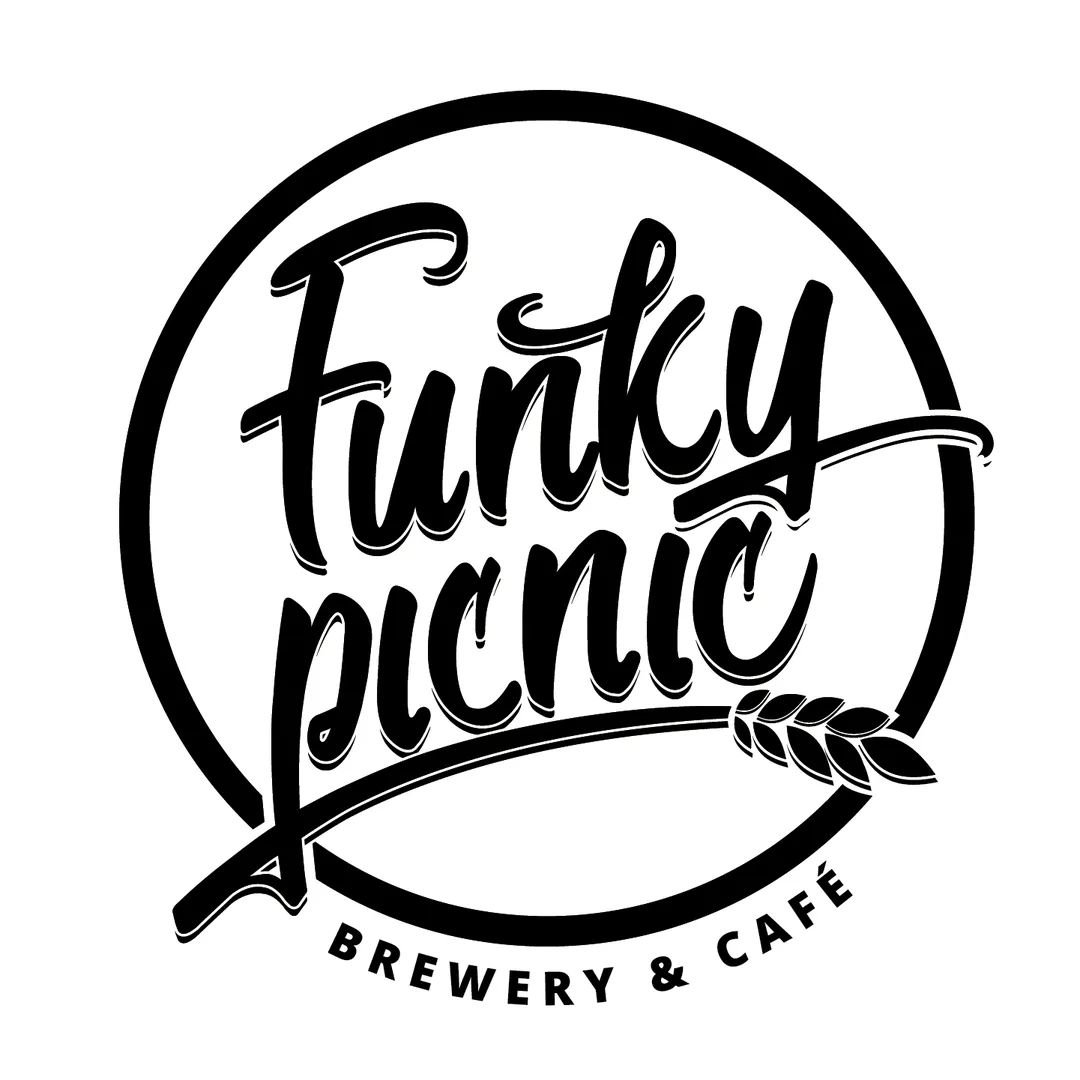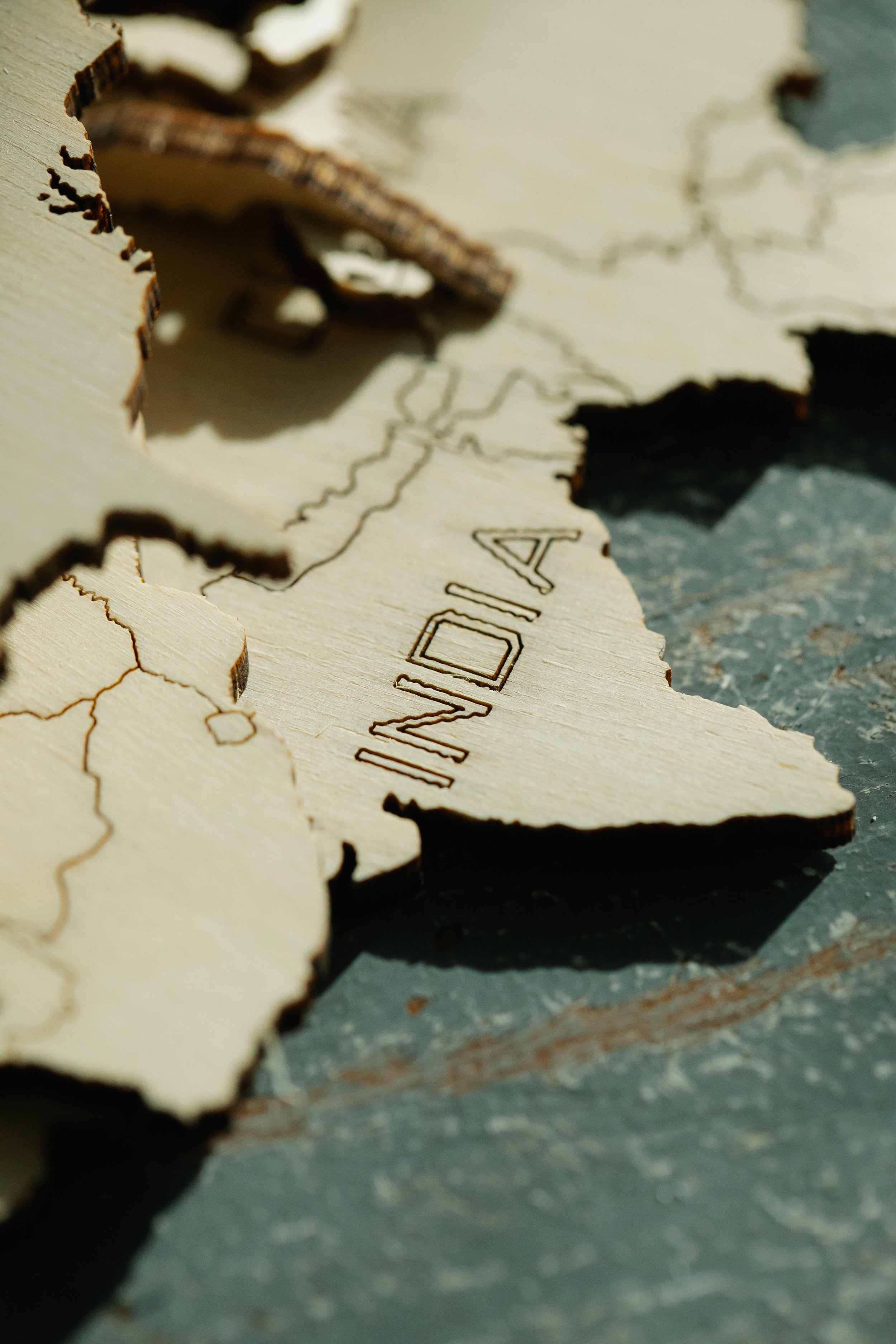Dispelling Beer Myths: IPA
Every time you order an IPA, most craft beer lovers will love to recite to you the romantic notion of how the ‘India Pale Ale’ came to be. Not to burst anyone’s bubble, but the true story behind IPA is a lot less romantic and is really just a chain of fortuitous events. Here we will break down the common myth of the story of IPA and show how the style really came to be.
MYTH:
Large amounts of hops were intentionally added to India Pale Ales so the style could be the only beer that could survive the trip to India, where the style really took off.
While hops do work as a preservative in beer, there were several other styles of beer, some with much lower hop profiles, that made it to India without issue, including Stout, Porter, Pale Ale, and ‘Small Ale’ (a lightly hopped, low abv beer).
Even the recipe for the original beer was also not very unique. The beer that would eventually become ‘India Pale Ale’ was brewed by George Hodgson of the smaller, lesser-known Bow Brewery. The beer itself was called October beer, which was a pale bitter stock beer typically brewed in the Fall and kept for aging a year or two.
The reason why Hodgson’s beer was the first to take off was because he offered the captains and commanders of the East India Company a lengthy 18 months of credit when purchasing the beer, allowing them more time to pay it off. The East India Company had a monopoly on all trade between Britain and India at the time, so Hodgson became the primary supplier of beer to India, despite being such a small brewery.
9,000 barrels were produced in 1800
IPA for the Indian market was less than one half of one percent of all beer were brewed in London that year.
Because of the lengthy trip, changes in atmospheric temperature, and rocking of the ocean during travel, Hodgson’s October beer took on a drastic transformation that would normally take years of maturation to achieve the complexity it provided. Once it arrived in India, this beer became the favorite of the civil servant and military classes of The East India Company. The beer was originally known as ‘Pale Ale prepared for India,’ but would not be known as ‘India Pale Ale’ or ‘East India Pale Ale’ until much later, when it became popularized in Britain.
Eventually, other breweries caught on to Hodgson’s success in India, but the overall amount sent to India was quite small. By the 1820s, other brewers had broken into the Indian market with a similar style of beer, including what is now Bass Brewery. Then in the 1840s, several of these breweries began to market the beer in Britain, to much great success. By the 1850s, these ‘Pale Ales for India’ grew to 971,000 barrels, 1.75 million barrels in the 1860s, and even 3 million barrels by 1888.
Image Source: https://barleyandthehops.com/english-ipa/
So, when we really look into the facts, we notice that the style never intentionally added a large amount of hops to survive the trip to India, though the voyage itself did provide depth and complexity to the beer by the time of its arrival in India. And it was definitely not the only beer to survive the trip. Even though the local ruling classes did enjoy their ‘Pale Ale prepared for India,’ the style’s popularity never took off until much later, when it was marketed as such back home in Britain. It didn’t even become ‘India Pale Ale’ until then too!
Sources:
Amber Gold & Black: The History of Britain’s Great Beers, Martyn Cornell, Chapter 6: India Pale Ale
Author: Collin Zreet
Collin is a native Texan and is a founding member and co-owner of Funky Picnic Brewery and Café. He is a Certified Cicerone and Certified BJCP Beer Judge, specializing in beer and food pairings. When he is not thinking about beer, he enjoys spending time with his wife, Taylor, son, Alder, and dog, Rocco.





